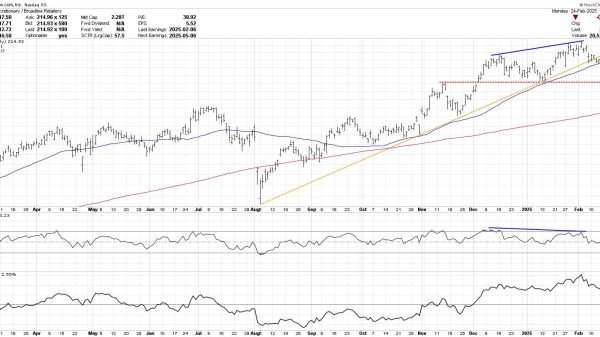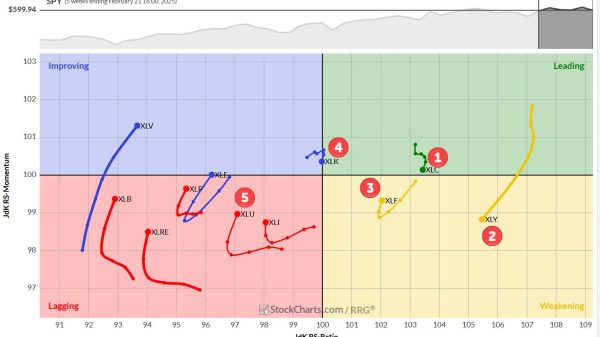In today’s competitive marketplace, small and medium-sized enterprises (SMEs) must find innovative ways to connect with their customers. One such strategy gaining momentum is gamification—integrating game-like elements into non-gaming environments to drive engagement.
Inspired by the success of industries like online gaming, where platforms like High Roller have mastered the art of captivating user experiences, SMEs can use similar techniques to build stronger relationships with their customers.
Here’s how gamification can transform customer engagement for SMEs and practical steps to implement these strategies.
What is Gamification?
At its core, gamification involves applying game mechanics—such as points, rewards, leaderboards, and challenges—to non-game settings. These elements tap into fundamental human motivations like competition, achievement, and the desire for recognition, making interactions more enjoyable and rewarding.
For instance, online casinos have effectively used loyalty programs, tiered rewards, and interactive gameplay to retain users. SMEs can take inspiration from this model, creating engaging experiences that encourage customers to interact with their brand more frequently and enthusiastically.
Benefits of Gamification for SMEs
Gamification offers several benefits for SMEs aiming to strengthen customer loyalty and engagement:
1. Boost Customer Retention
Gamification keeps customers coming back for more by making their experiences fun and interactive. For example, a coffee shop could implement a digital loyalty app where customers earn points for every purchase, unlocking rewards after reaching specific milestones.
2. Enhance User Engagement
Just as players return to gaming platforms for the thrill of leveling up or achieving new milestones, gamified elements can encourage customers to explore more of what your business offers. For instance, an e-commerce store could introduce a progress bar showing how close customers are to earning free shipping.
3. Encourage Brand Advocacy
Gamification can turn satisfied customers into brand advocates. Creating shareable, competitive elements like leaderboards or social challenges allows customers to engage with your brand while spreading the word among their social circles.
Gamification Strategies for SMEs
Here are practical gamification strategies that SMEs can implement, regardless of their industry:
1. Introduce a Loyalty Program
Create a points-based system where customers earn rewards for specific actions, such as making a purchase, leaving a review, or referring friends. Ensure that the rewards are enticing enough to motivate participation.
2. Use Badges and Levels
Introduce achievement badges or tiered levels based on customer activity. For example, a fitness studio could offer badges for completing a certain number of classes, with higher tiers unlocking exclusive discounts.
3. Host Challenges or Competitions
Encourage customers to participate in challenges that align with your brand. For example, a bakery might create a contest where customers submit photos of their creative cake designs, with winners earning gift cards or discounts.
4. Gamify the Onboarding Process
For businesses with apps or online services, gamifying the onboarding experience can help familiarize customers with your platform. Providing tutorials or small rewards for completing initial tasks can encourage early engagement.
Case Studies in Gamification
Many industries have successfully implemented gamification to enhance customer experiences. For example:
Retail: Brands like Starbucks have embraced gamified loyalty programs, allowing users to earn “stars” through purchases and unlock free items after collecting enough.
Fitness: Apps like Nike Run Club integrate leaderboards and social challenges to keep users motivated and engaged.
SMEs can adapt these principles to fit their unique business models, tailoring the gamification elements to their target audience.
The Role of Technology
Leveraging technology is essential for implementing gamification effectively. Digital platforms, mobile apps, and CRM tools make it easier to track customer interactions and reward behaviors in real time. SMEs can explore partnerships with software providers or use gamification platforms like Badgeville to streamline their efforts.
For more insights into gamification and its psychological impact, resources such as Harvard Business Review provide research-backed perspectives on consumer behavior and engagement strategies.
Conclusion
Gamification offers SMEs a powerful way to connect with their customers by creating experiences that are engaging, interactive, and rewarding. Whether it’s through loyalty programs, challenges, or competitive elements, these strategies can significantly enhance customer engagement while fostering brand loyalty. Drawing inspiration from industries like online gaming, SMEs can adopt creative gamification techniques to stand out in today’s crowded market.
Read more:
How SMEs Can Leverage Gamification Techniques to Enhance Customer Engagement























